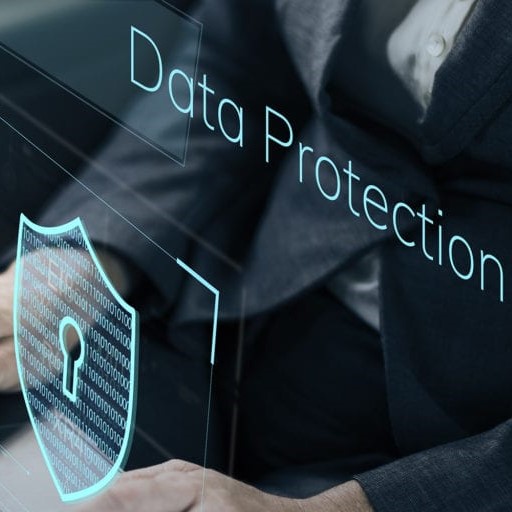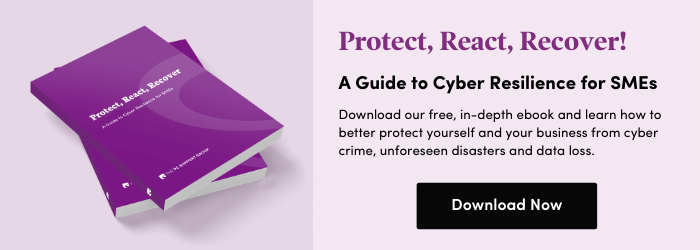
With cyber-attacks on the increase the need to protect your business systems and critical data has never been more important. More home and remote working – with employees accessing data from various (often unsecure) devices – is a particularly relevant issue.
There are many actions that can betaken to protect networks from criminals such as firewalls, anti-virus software and even undertaking vulnerability tests. But if multi-factor authentication isn’t in place, all these security measures can be bypassed.
Criminals are now experts at gaining access to usernames and passwords. They do this through phishing emails and fake web sites that are made to look reputable and authentic. Another method is using social engineering (e.g. tricking employees to give away information through phone calls claiming to be from a bank, corporation such as Microsoft, or even your IT support department). Once they have even one of these pieces of confidential information, they can get to work by accessing your systems and data. MFA is one of the key methods to prevent this.
What is multi-factor authentication?
Multi-Factor Authentication is a system that uses two or more separate methods to validate a users identity as they log in. Rather than just relying on a username and password combination, a unique secondary code is sent to a a nominated device (often a mobile phone). That code must be entered before access to the account is granted. The principle being that only the true account holder will have access to that device and will receive the code. A criminal may have the username and password, but they won’t receive the additional code.
You may have heard the term ‘two-factor authentication’ — or 2FA. This is a type of multi-factor authentication which relies on two methods to authenticate the user’s identity. Other types of MFA are available that require three or more methods of validation.
MFA is not complex, making it easy to add and further protect your sensitive data from cybercrime with an extra layer of security. And it can be rolled out quickly at a relatively low cost.
For a simple explanation check out our short video:
What are the advantages of MFA?
Alongside being a simple and cost-effective cyber security improvement, MFA provides a wider range of benefits. The key advantages of MFA are:
MFA reduces fraud & identity theft
Hacking is made harder with MFA as more than two methods of identity verification is required, reducing fraud and identity theft. Research from Microsoft shows that using MFA means you are 99.9% less likely to suffer from a compromised account.
MFA increases customer trust
Customers trust businesses who take all the necessary precautions to protect data.
MFA helps businesses to be compliant
Some sectors require specific data security compliance measures, such as GDPR and ISO9000. Finance, Government, and health bodies often dictate that businesses follow strict guidelines that protect data and mitigate risk. MFA adds another layer of security to protect your data.
MFA reduces operating costs
It costs businesses time and money to monitor and manage suspicious activity. With MFA the occurrence of fraud is reduced, enabling staff to focus on their ‘business as usual’ activities.
MFA combats password fatigue
The average user has around 100 passwords according to research from NordPass in 2020. And, because they have so many passwords to remember, many consumers use the same password on multiple accounts or create simple, easy-to-steal passwords. Both of which make it easy to hack the password.
MFA prevents password fatigue, adding an extra security layer, making sure hackers cannot crack even simple or repeated passwords.
MFA simplifies the login process
Multi-factor authentication has been made much easier by single sign-on logins. Rather than a user requiring to login separately to multiple systems each day, a single password with MFA applied enables simple, fast, and secure access to multiple systems.
What are the methods of MFA?
MFA works by the user validating their identity through two or more methods. These authentication methods are broken down into the following:
- Knowledge - Something you know, such as a username and password combination
- Possession - Something you have, like a mobile phone
- Inherence - Personal factors such as biometrics (fingerprints, voice or face-recognition)
- Location - some security systems also use geographical location to validate a user’s identity
Multi-factor authentication works by matching two or more of these methods. For example, if accessing a platform using 2FA, you might need to enter a username and password and then verify using a code delivered to your mobile device, which ticks off the knowledge and possession requirements.
Where to use multi-factor authentication
MFA applies to important accounts, whether you’re thinking about your business or sensitive personal information. We’d always recommend using it on any account that provides access to other sites (e.g. your email provider, Facebook, Apple, Microsoft and password managers. You should also secure financial information such as bank accounts, PayPal, accounting software and investment platforms et cetera. File sharing sites (e.g. Dropbox) and any sites that hold your payment details (e.g. eCommerce and Amazon) are also important.
MFA is essential for your business
We’ve put together an easy-to-understand guide with actionable advice on how to protect your business from cyber-crime. Download our ebook — Protect, React, Recover: A Guide to Cyber Resilience for SMEs - right here:
To find out more about MFA and how we can help your business with this and other cybersecurity measures, call us on 03300 886 116 or email us at info@pcsupportgroup.com.

